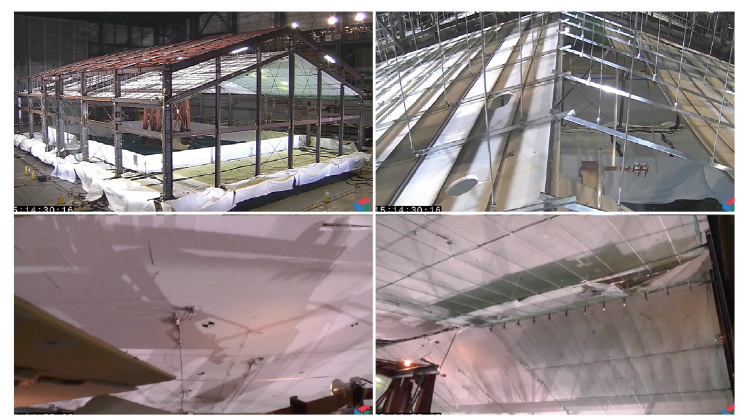R&D to Improve Resilience of Infrastructure
Applying the world’s largest shaking table! Realizing earthquake-proofing architecture and town planning
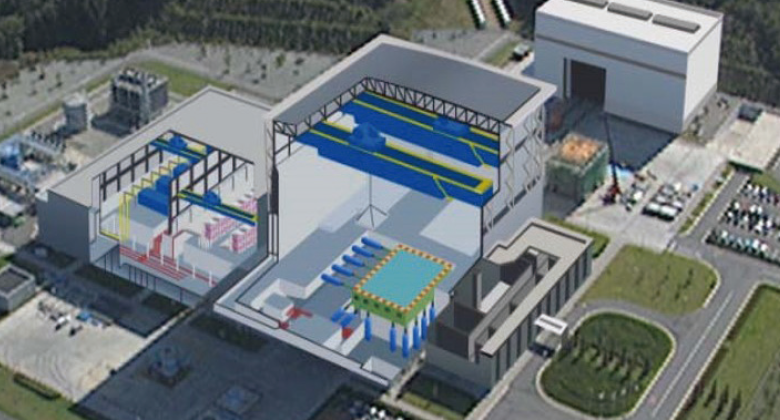
Aiming to realize a resilient society that can withstand mega earthquakes, we conduct experiments to reproduce earthquake damage in order to verify the seismic capacity of buildings and countermeasure technologies. As well as R&D for various technologies to preemptively protect against disasters, we implement research into the application of simulation technologies. We operate E-Defense in conjunction with Large-scale Earthquake Simulator. These facilities are also utilized by institutions in Japan and from other countries.
3-D Full-Scale Earthquake Testing Facility (World’s largest 3-D Shaking Table)
-
3-D Full-Scale Earthquake Testing Facility (Hyogo) “E-Defense”
High-performance shaking table that is the largest in the world (20m x 15m, maximum load 1,200 tons), the facility allows shaking experiments using life-sized buildings and structures.
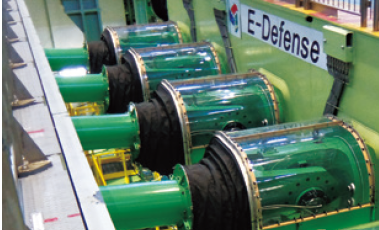
-
Large-scale Earthquake Simulator (Tsukuba)
After E-Defense, the facility is the 2nd largest in the world for carrying out shaking experiments.
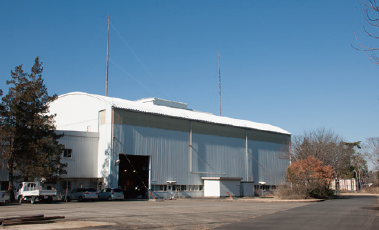
Conducting any sorts of experiments to further technological development and verification
Our research is extremely broad in nature, from research into structures with seismic capacity higher than existing standards, to reproducing liquefaction, testing construction methods for seismic-resistant reservoirs, and urban planning. Private companies are also using the facilities, including house-building companies for evaluating their construction methods before releasing new products.
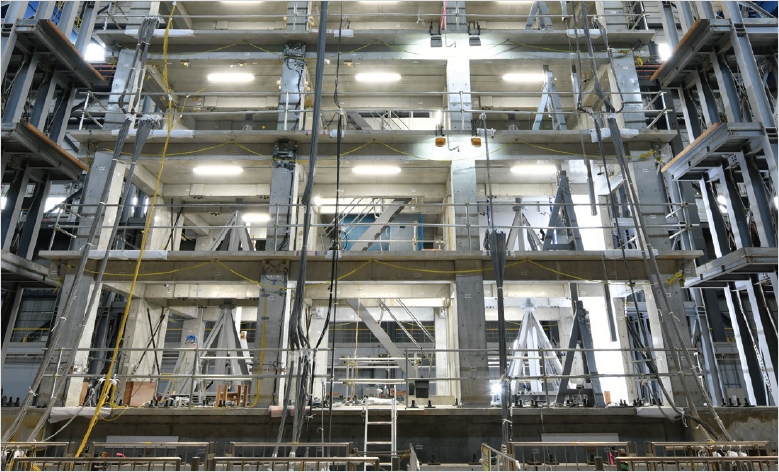
Large-scale experiment using a model 10-story reinforced concrete structure. Using footage taken from every angle and data from sensors placed throughout, we research evaluation technologies for seismic capacity.
-
An experiment to evaluate the disparity in earthquake-caused damage between a wooden residential building conforming to previous seismic capacity standards (left) and a wooden residential building reinforced to current standards (right).
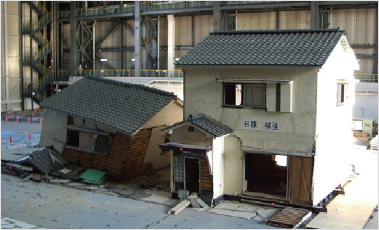
-
It is increasingly common to lay a seepage control sheet within the levee body to prevent seepage in a reservoir. We conduct experiments to verify how positioning this sheet can protect against burst damage caused by earthquakes.
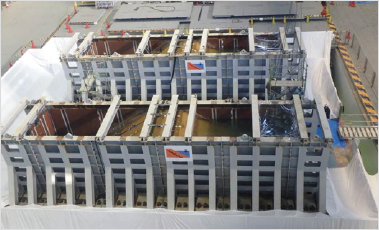
Publishing all kinds of experiment data and footage online
At E-Defense, approximately 100 experiments have so far been conducted including those by NIED alone, and those involving joint research with industry, government, academia and private companies (as of April 2019). Apart from private experiments by manufacturers for product development, footage for all shaking experiments is available online. All detailed information such as architectural drawings, purpose of experiment, and position of sensors used to monitor experiments is available at E-Defense’s archive, “ASEBI”.
E-Defense Movie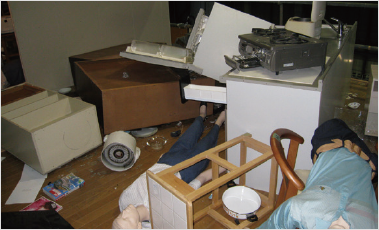
Re-creating earthquakes based on footage data! Virtual damage experience using VR footage!
Based on footage data from experiments, we are developing VR footage that can create a simulated experience of an earthquake. By combining existing earthquake footage with simulation technologies that are being researched under this project, this method helps to further deepen understanding of earthquake damage. This VR footage can be experienced at various public events organized by NIED including open day.
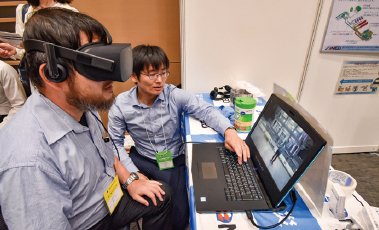
Simulation of the behavior of a 10-story building during an earthquake
Under this project, we are promoting R&D using the numerical shaking table (E-Simulator) to reproduce on a computational simulation of how a high-rise structure moves during an earthquake. For example, we use computers to re-create a 10-story reinforced concrete structure, and then carry out simulations to understand its behavior during an earthquake. Through comparisons with experiments conducted at E-Defense, we can ascertain whether these simulations are realistically expressing the movements and deformation of actual buildings.
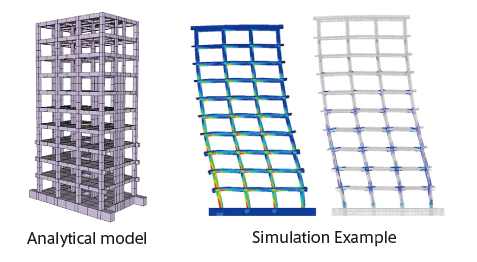
TOPICSWhat will happen to the roof of a gymnasium during an earthquake? Verification by shaking actual structure.
During the Great East Japan Earthquake, many ceilings collapsed in school gymnasiums, and finally in 2014 clear standards were stipulated under the Building Standards Act. As well as harm to humans, the collapse of a gymnasium means that it can no longer be used as an evacuation center in the wake of a disaster. Using E-Defense, we accurately re-created the shaking of the time of the Great East Japan Earthquake disaster to ascertain what would happen to current suspended ceilings, what happens when they are reinforced, and whether a net can be used to prevent them from collapsing. This data was also featured in the handbook for educational facilities issued by MEXT, “Case examples of countermeasures to prevent the collapse of ceilings in indoor exercise halls”.
